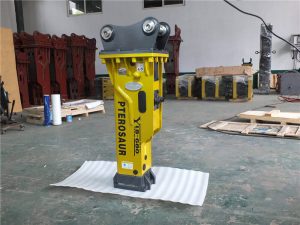How to Install a Circuit Breaker: A Comprehensive Guide
Installing a circuit breaker is an essential skill for any homeowner or DIY enthusiast looking to upgrade or maintain their electrical system. Whether you’re adding a new circuit, replacing an old breaker, or installing an entire circuit breaker panel, following the correct steps is crucial for safety and functionality. This article will guide you through the installation process step by step.
Step 1: Choose the Right Circuit Breaker
The first and most important step in installing a circuit breaker is selecting the appropriate breaker for your electrical system. Circuit breakers come in various sizes, types, and amperages. It’s vital to choose a breaker that matches the load requirements of your installation. Consider consulting with an electrician or referring to your electrical panel’s documentation to determine the right specifications.
Step 2: Turn Off the Power
Before you begin any electrical work, safety must be your top priority. Turn off the power to the circuit you will be working on at the main electrical panel. Use a voltage tester to ensure that the power is indeed off before proceeding.
Step 3: Remove the Panel Cover
Once the power is off, carefully remove the cover of the electrical panel. This may require a screwdriver or similar tool. Be cautious not to touch any wires or components inside the panel, as they may still carry residual voltage.
Step 4: Install the Circuit Breaker
With the panel cover removed, you can now install the new circuit breaker. Align it with the appropriate slot in the panel, and firmly push it into place until you hear a click, indicating it is securely connected. Ensure that the breaker’s switch is in the “off” position during installation.
Step 5: Test the Circuit Breaker
After the breaker is securely installed, it’s time to restore power to the circuit. Turn on the main power supply and then switch on the newly installed circuit breaker. Check to ensure that the breaker functions correctly without tripping. You may use a multimeter to verify that the voltage levels are appropriate.
Step 6: Replace the Panel Cover
Once you’ve confirmed that the circuit breaker is functioning correctly, carefully replace the panel cover. Make sure all screws are tightened securely to ensure safety and compliance with electrical codes.
Maintenance and Safety
Maintaining circuit breakers and ensuring they are in good working condition is vital for electrical safety. Regularly check your breakers for signs of wear or damage, and replace them as necessary. If you are unsure about any part of the installation process or encounter issues, it’s always best to consult with a licensed electrician.
Conclusion
Installing a circuit breaker may seem daunting, but by following these steps, you can carry out the task safely and effectively. Remember that choosing the right breaker, turning off the power, and properly testing the installation are key to a successful outcome. Always prioritize safety and don’t hesitate to seek professional help when needed. With the right tools and knowledge, you can ensure your electrical system remains safe and efficient.




































